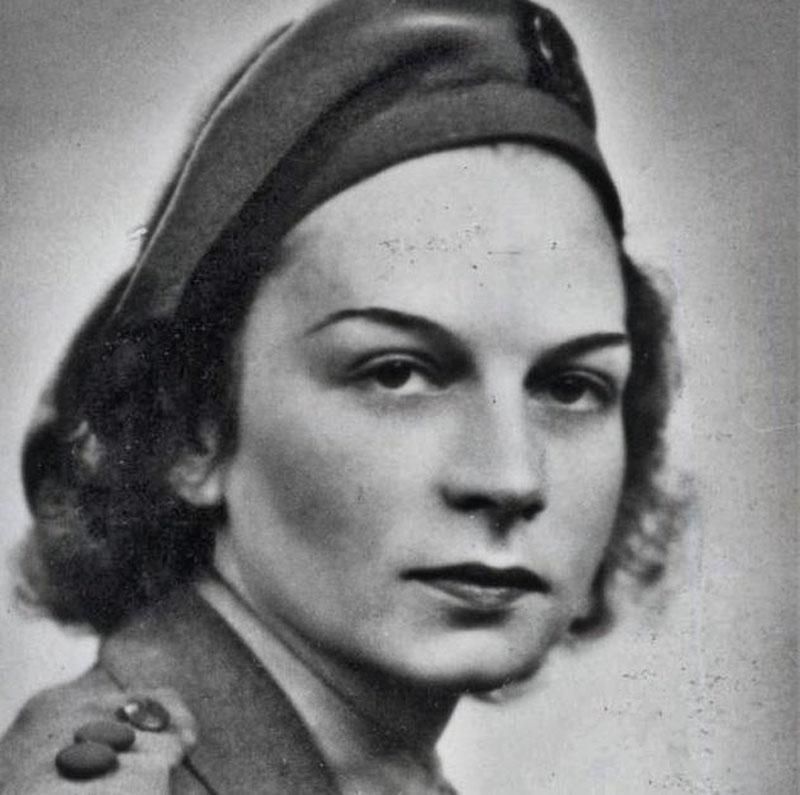You’ve Got the Job, Now Here’s Your Parachute
Tired of your hum-drum life? Why not become a secret agent?
/https://tf-cmsv2-smithsonianmag-media.s3.amazonaws.com/filer/ec/38/ec38049c-18da-4bac-ab8b-d46881354a17/nearne_parachute.jpg)
In 1942, Jacqueline Nearne was invited to interview at the War Office in London for what she hoped would be a translator job. Although the 26-year-old was born in Brighton, England, she’d grown up in France, and was fluent in both languages. Nearne must have been startled when the interviewer asked how she felt about parachuting from an airplane, or if she’d consider taking a job that offered only a 50/50 chance of survival. She hadn’t realized it when she’d entered the room, but she was being considered for a job with the Special Operations Executive (SOE), a new wartime secret service established in 1940.
SOE liked to think outside the box when looking for recruits, and its secret agents included taxi drivers, shop clerks, racecar drivers, school teachers, a Chilean actress, and an American female journalist with a wooden leg. Nearne would fit right in: Her most recent job had been as a sales rep for an office equipment company in Nice.
Her wartime exploits are recounted in Paul McCue’s (oddly specific but compelling) book Brighton’s Secret Agents (Uniform Press, 2017), along with the stories of three other agents from her same home town and a handful of others with ties to the area, including Charles Fraser-Smith, the inspiration for the character “Q” in Ian Fleming’s James Bond novels and screenplays.

SOE trainees were given hand grenade practice, courses in map reading, sabotage, sending and receiving code, and unarmed combat. They were watched to see if they became indiscreet when drunk, and if they talked in their sleep (and if so, in what language). As trainees wandered the dormitory hallways, dummies on pulleys sprang out to test their reflexes. Right before they were dispatched, recruits had to master one final skill: the parachute drop. Four or five drops were required, including one done at night. As McCue notes, “It was not unusual for a sizeable majority of each group of trainees to have never flown before, and there were isolated instances of agents flatly refusing to take the course. Only if their ability and promise outweighed this refusal did they continue and receive the option of a sea-borne or aircraft landing.”
The trainees started with ground instruction, jumping from a hatch in a mocked-up fuselage. After mastering how to land and roll, trainees moved on to their first jump, made from a tethered balloon. They were then taken to an RAF aerodrome, to see their drop aircraft, “a lumbering obsolete bomber, the twin-engined Whitley.” Any lingering fears were not eased by the instructors, writes McCue, who “were fond of quipping, ‘if your parachute doesn’t open, report to the stores and you’ll get another.’ ”
Nearne went on four aborted drops before successfully parachuting to her drop zone on January 25, 1943, where she would begin work as a courier, carrying messages to and from members of the Resistance. She would spend 15 months undercover, before leaving via a nighttime pick up in a Lysander with her name chalked on the side of the fuselage. Although Nearne wanted to return to the field, she was convinced to play the lead in the film School for Danger, about the SOE’s French Section’s activities. (Parachute training begins at the 5:16 mark in the video.) In 1945 she began working at the London office of the newly formed United Nations, transferring to New York headquarters a year later. She worked for the UN until 1978, when she returned to London. Nearne died in 1982, at age 66.